Recessed downlights are a real workhorse in commercial, hospitality, and residential buildings. These light fixtures are versatile enough to be used throughout a home, hotel, office, retail space, restaurant, public space, gallery or museum to create an attractive, comfortable, and functional environment. They allow you to bring soft ambient lighting, focused task lighting and thoughtful accent lighting into a space with a very small, architectural exposure. As a light fixture designed for applications where a clean ceiling line and glare-free lighting are desired, downlights are installed in various environments, including interior and exterior wet locations such as bathrooms, laundry rooms, canopies, porches, balconies, verandas, and stoops.
Downlights used in wet locations are generally sealed to an IP65 rating. This degree of ingress protection allows the luminaire to resist penetration of airborne particulates as well as strong water jets and moisture ingress. High watertight integrity is of particular importance for LED lighting systems. Integrated LED downlights incorporate LEDs and sometimes driver circuits into its enclosures. The entry of moist air into the luminaire may cause condensation to form, which can lead to a short circuit or other electrical failure of the luminaire. Long-term exposure to high condensing moisture can lead to moisture penetration through the plastic packaging materials of LEDs, which can reduce interfacial adhesion strength and form cracks in silicone encapsulants. In this case, significant lumen depreciation and color shifts are anticipated.
LED downlights typically use lensed trims to stop water and dust from entering the enclosure. These luminaires may need to be further gasketed on the flange in order to prevent the transfer of moisture into roof voids, as required by some building regulations.

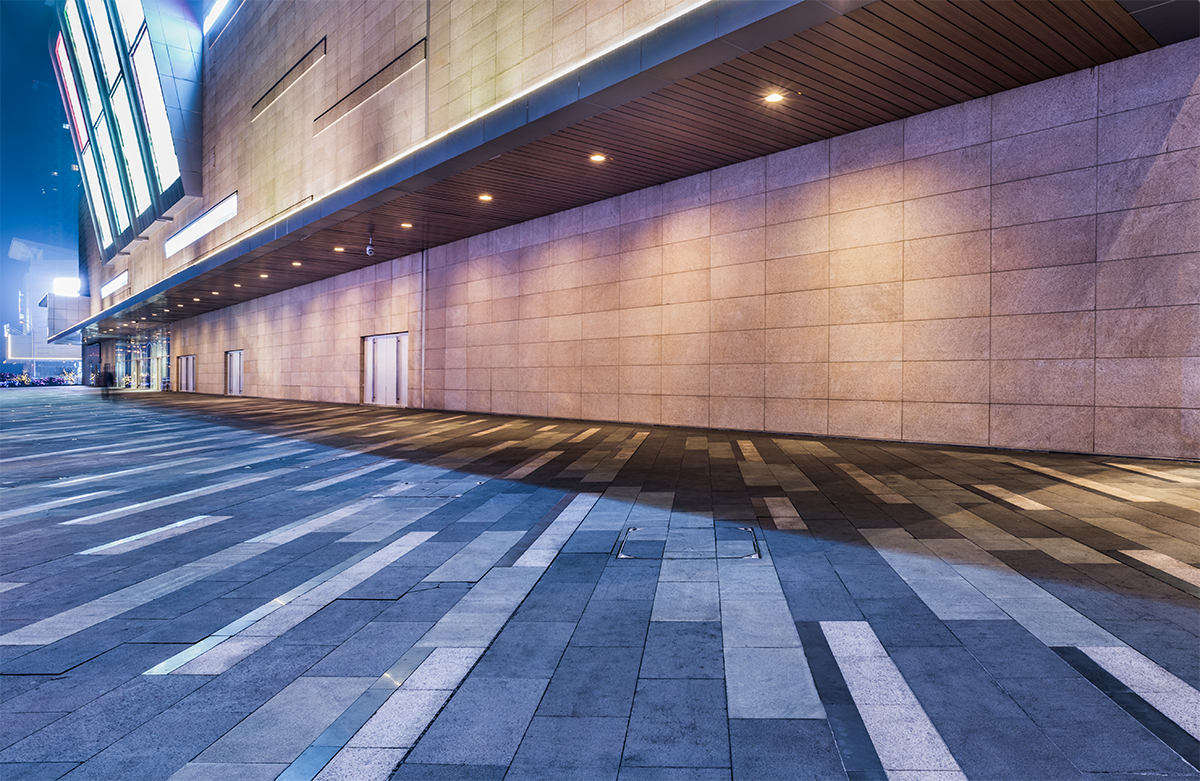
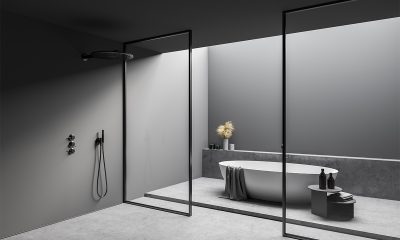
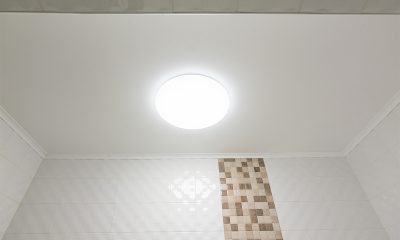
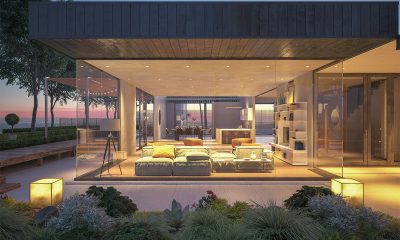
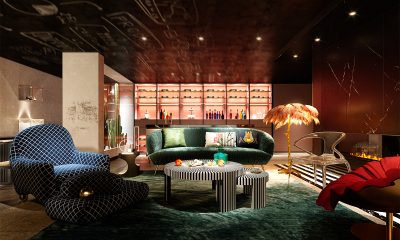

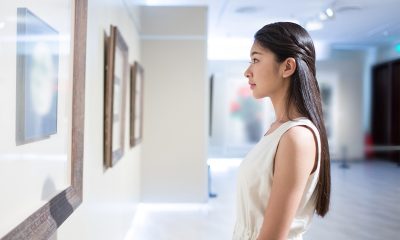
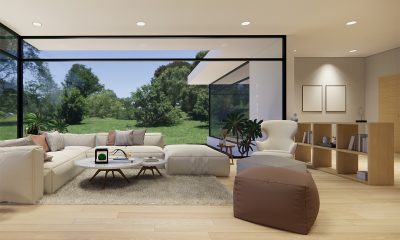
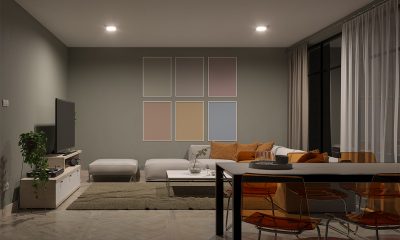

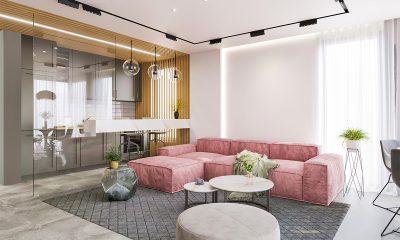
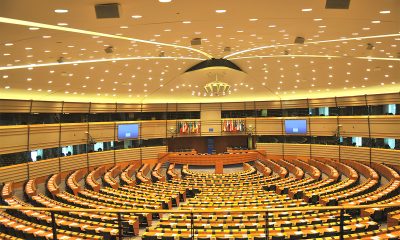
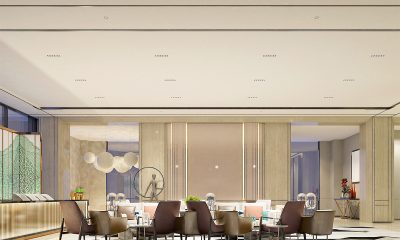





Loading...
New member